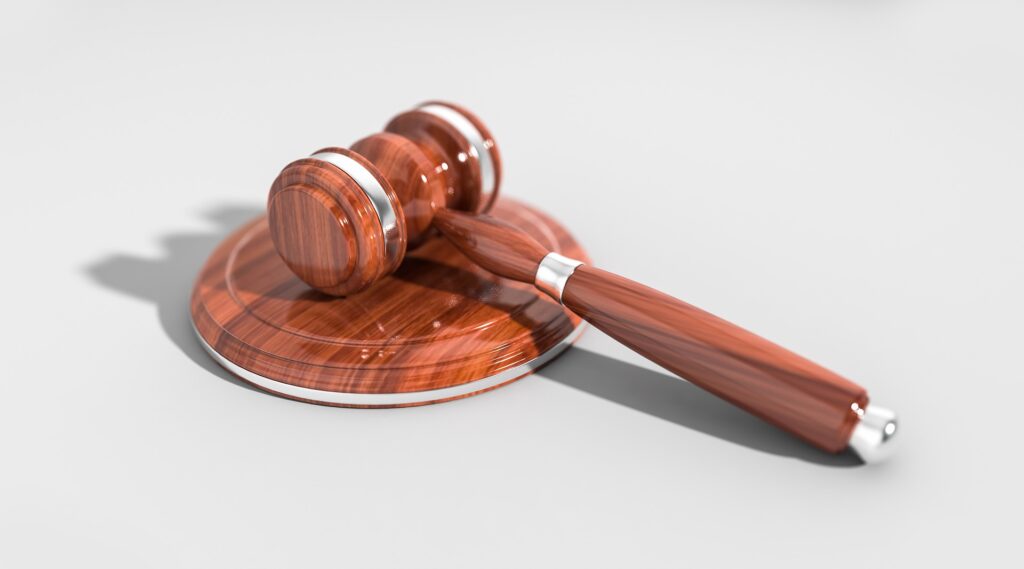When you hear the term personal injury case, you likely assume that it involves another person harming you that you end up taking legal action and suing them. It’s only necessary to file a claim to acquire financial recovery for the damage they’ve done to you.
Although that’s a general way of looking at it, a personal injury law comes in many varying degrees. If you plan to file a lawsuit to compensate for the unavoidable damage done to you, you face an array of conditions, accidents, and injuries that make up your case.
No matter what your personal injury case stems from, it should first and foremost involve an event that’s considered a personal injury according to the law. Keep reading below to further understand what a personal injury entails.
A Closer Look at a Personal Injury Case
A personal injury is a legal term that happens when a person becomes a victim of an accident or damage caused by another person, which could have been avoided somehow. It involves striving to pursue lawful treatment from the party you claim is at fault, such as financial and medical support. Often, personal injury claims are “torts,” meaning they are considered civil legal methods imposed against alleged wrongdoings or negligent or unlawful acts.
Understanding the Damages of a Personal Injury
Regarding civil claims, one can settle a personal injury case by granting various damages. When proven, the victim or plaintiff can acquire financial compensation from the party at fault or the defendant due to the injuries they caused.
Besides that, the defendant also has to answer the penalties and fines they must face for their wrongful acts, including probation and possible jail time, to settle their criminal case. The damages awarded in a personal injury case strive to make the victim feel whole again.
Common situations involved in a personal injury case that a defendant must provide for the victim are previous and future medical expenses and lost income, and lost future wages. They will also have to attend to the physical pain the plaintiff is facing and suffering from. It can include the deterioration of their mental and emotional health and diminishing quality of life from the incident.
Kinds of Personal Injury Cases
Other various situations can lead you to file for a personal injury case. Experiencing a motor vehicle accident involving an auto collision or accident, you can file a claim for your related injuries.
If you recently purchased products from a manufacturer such as medication, equipment, or parts, and they’re malfunctioning or a defect, the injuries you obtain can also be grounds for a personal injury case. Meanwhile, if you become an injured victim of a work-related case, you can file for a personal injury.
Getting a traumatic injury, occupational disease due to exposure, and construction accident injuries fall under a personal injury case. In addition, if you become injured while in the middle of a dangerous situation and you’re on someone else’s property, it’s a premises liability, and you can meet your lawyer and file the right lawsuit.
Conclusion
Navigating an injury suit is never easy, especially if you’re the victim and all you want is to claim the compensation you deserve after suffering through injuries and damage to your well-being. Now that you have a better idea about the types of personal injury cases you can file a claim for and what you can expect to get from the damages done to you, you should seek a lawyer’s help. They can provide you legal protection and professional advice to help you go through your case and seek the justice and rightful compensation you deserve.
Are you looking for legal counsel in New York for your personal injury case? Housenbold Law is a law firm that specializes in personal injury, construction accidents, and car accidents. Get in touch with us today to book an appointment!

